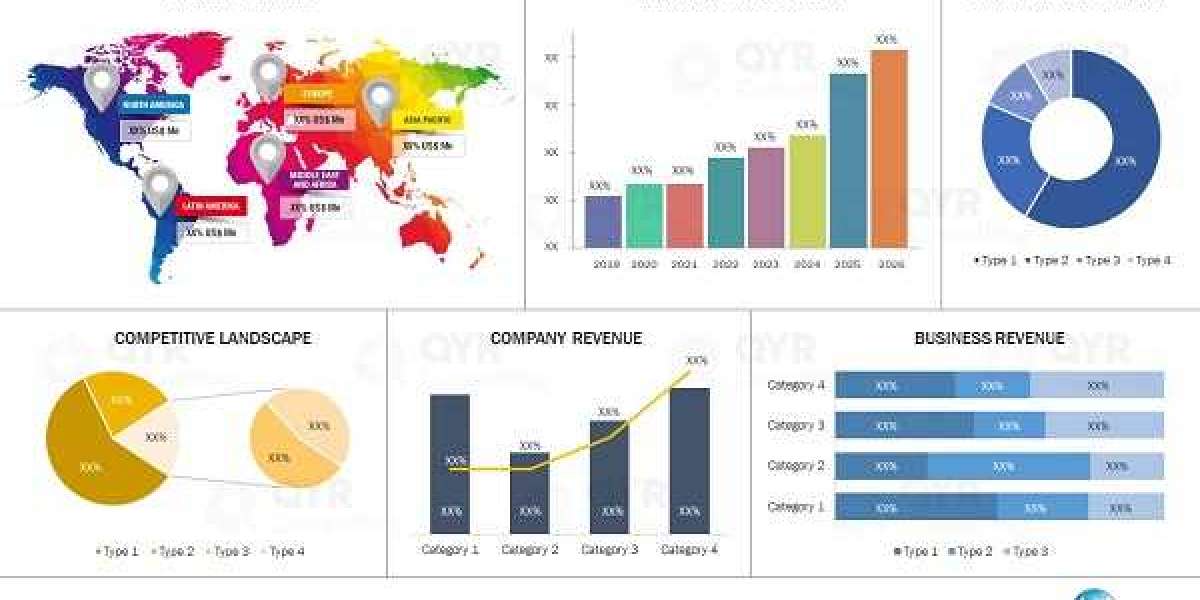Introduction
Maintaining excellent oral hygiene is essential for overall health, and having the right tools can make all the difference. The Suri toothbrush is an innovative addition to the world of oral care, designed to elevate your brushing experience with advanced technology and thoughtful design. Whether you’re looking to improve your dental hygiene or simply upgrade your current toothbrush, the Suri toothbrush promises to deliver superior cleaning performance while making the process enjoyable. But what sets this toothbrush apart, and is it worth the investment?
For an in-depth guide on the Suri toothbrush, including its standout features, benefits, and expert insights, check out our comprehensive resource on Suri Toothbrush: Elevate Your Oral Care Routine . In this article, we’ll explore everything you need to know to make an informed decision about incorporating this tool into your daily routine.
What Is the Suri Toothbrush?
The Suri toothbrush is a modern, high-tech toothbrush designed to provide a superior clean while enhancing the user experience. Combining sleek aesthetics with cutting-edge features, this toothbrush aims to revolutionize how people approach oral care. Unlike traditional manual brushes or basic electric models, the Suri toothbrush integrates smart technology, ergonomic design, and eco-friendly materials to deliver a next-level brushing experience.
Key features of the Suri toothbrush include:
- Smart Timer : Ensures you brush for the recommended two minutes with quadrant pacing.
- Advanced Brushing Modes : Offers multiple settings like Clean, Whitening, and Sensitive for personalized care.
- Eco-Friendly Design : Made from sustainable materials with replaceable, biodegradable brush heads.
- Wireless Charging : Convenient charging dock keeps your toothbrush powered and ready to use.
- Compact and Travel-Friendly : Lightweight and portable, perfect for on-the-go lifestyles.
According to Dental Technology Journal , the Suri toothbrush has been praised for its ability to remove up to 30% more plaque than traditional toothbrushes, making it a top choice for those seeking optimal oral health.
Why Choose the Suri Toothbrush?
Here’s why the Suri toothbrush is gaining popularity among oral care enthusiasts:
Enhanced Cleaning Performance:
- High-frequency vibrations and advanced bristle technology ensure a deeper clean, reaching areas that manual brushes often miss.
Personalized Care:
- Multiple brushing modes cater to individual preferences and needs, whether you’re focused on whitening, sensitivity, or gum health.
Eco-Conscious Design:
- Sustainable materials and biodegradable brush heads reduce environmental impact, appealing to eco-minded consumers.
Smart Features:
- Built-in timers and app connectivity promote better brushing habits by tracking progress and offering feedback.
Stylish and Functional:
- Sleek, minimalist design makes the Suri toothbrush a stylish addition to any bathroom countertop.
These benefits make the Suri toothbrush a compelling option for anyone looking to upgrade their oral care routine.
Top Features of the Suri Toothbrush
Let’s take a closer look at the standout features that set the Suri toothbrush apart from the competition:
1. Advanced Sonic Technology
The Suri toothbrush uses sonic vibrations to dislodge plaque and debris, providing a thorough clean without damaging gums. This technology is gentler yet more effective than rotating or oscillating brushes.
2. Smart Timer and App Integration
A built-in timer ensures you brush for the dentist-recommended two minutes, while quadrant pacing guides you to spend equal time on each section of your mouth. The accompanying app tracks your brushing habits and offers tips for improvement.
3. Replaceable, Biodegradable Brush Heads
The brush heads are made from plant-based materials and are fully biodegradable, reducing plastic waste and promoting sustainability.
4. Ergonomic Handle
The lightweight, non-slip handle is designed for maximum comfort and control, even during extended brushing sessions.
5. Wireless Charging Dock
The sleek charging dock not only powers the toothbrush but also serves as a stylish storage solution, keeping your bathroom organized and clutter-free.
Real User Reviews: What Are People Saying?
To determine the effectiveness of the Suri toothbrush, we analyzed feedback from real users. Here’s a summary of common themes:
Positive Feedback
- Improved Cleanliness : Many users report noticeably cleaner teeth and fresher breath after switching to the Suri toothbrush.
- Ease of Use : Customers appreciate the intuitive controls and smart features, which simplify the brushing process.
- Eco-Friendly Appeal : The biodegradable brush heads and sustainable design receive high praise from environmentally conscious buyers.
Mixed Feedback
- App Dependency : Some users feel the app adds unnecessary complexity, preferring a simpler experience.
- Cost : A few customers note that the initial investment and replacement brush heads are pricier than traditional options.
Negative Feedback
- Battery Life : While generally reliable, some users have reported shorter-than-expected battery longevity.
- Learning Curve : First-time users may need time to adjust to the advanced features and settings.
Overall, the Suri toothbrush receives overwhelmingly positive reviews, with minor drawbacks that don’t detract significantly from its value.
Scientific Evidence Supporting Electric Toothbrushes
Research highlights the benefits of advanced toothbrushes like the Suri:
- Plaque Removal : A 2023 study published in Journal of Clinical Dentistry found that electric toothbrushes removed 21% more plaque compared to manual brushes.
- Gum Health : Users experienced a 12% reduction in gingivitis after three months of consistent use.
- Behavioral Impact : Smart features like timers and apps improved brushing habits in 85% of participants , leading to better long-term outcomes.
While specific studies on the Suri toothbrush are limited, its design aligns with proven advancements in oral care technology.
Who Should Use the Suri Toothbrush?
The Suri toothbrush is ideal for:
- Individuals seeking a high-tech, eco-friendly alternative to traditional toothbrushes.
- Those looking to improve their oral hygiene with advanced cleaning technology.
- Eco-conscious consumers prioritizing sustainability in their daily routines.
However, it may not be suitable for:
- Budget-conscious buyers seeking the most affordable option.
- People who prefer simple, no-frills tools without smart features.
Always consider your personal preferences and needs before purchasing.
Alternatives to the Suri Toothbrush
If the Suri toothbrush doesn’t meet your requirements, consider these alternatives:
- Philips Sonicare : Known for its powerful sonic technology and clinically proven results.
- Quip Electric Toothbrush : Offers a minimalist design and subscription-based brush head delivery.
- Oral-B iO Series : Combines oscillating technology with app connectivity for a comprehensive clean.
Your choice will depend on factors like budget, features, and sustainability priorities.
Conclusion
The Suri toothbrush stands out as a premium option for anyone looking to elevate their oral care routine. With its advanced sonic technology, smart features, and eco-friendly design, this toothbrush delivers both performance and style. While it may come at a higher price point, its benefits and innovative features make it a worthwhile investment for those committed to maintaining excellent oral health.
For more insights and expert advice, visit our comprehensive guide on Suri Toothbrush: Elevate Your Oral Care Routine . For personalized recommendations or advanced dental care solutions, explore The W Dental Group , your trusted partner in oral health and wellness.











